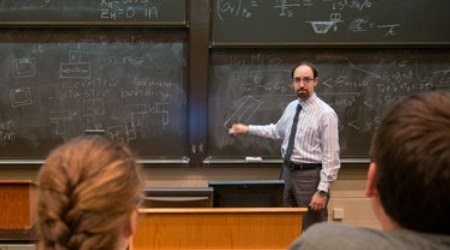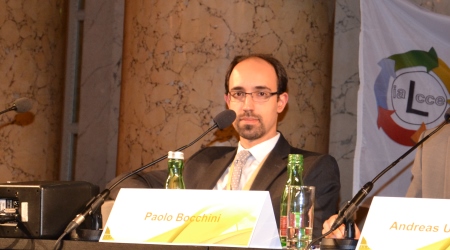Dr. Bocchini offers courses at the graduate and undergraduate levels at Lehigh University, and he advises individual students for credit-bearing supervised research.
For material and information about current courses, please refer to CourseSite.
Resilience of Systems - CEE 395/495
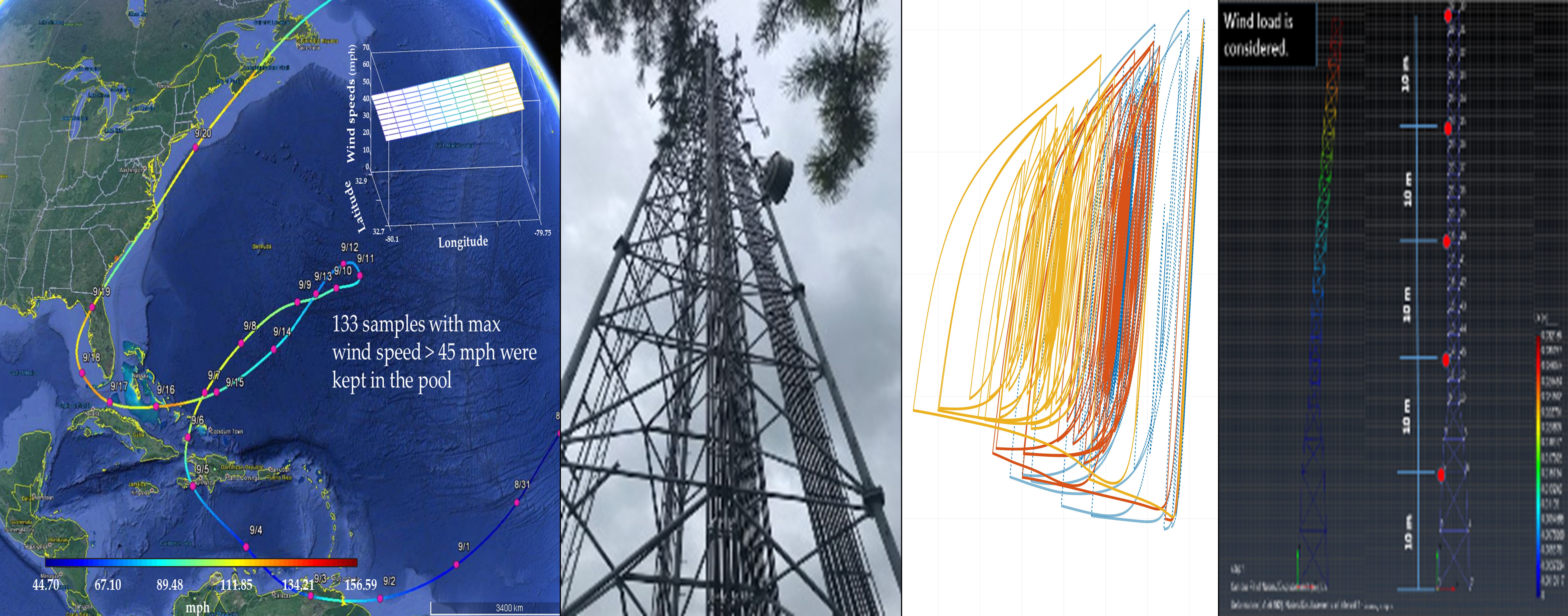
Newly developed course. Offered in Summer 2020.
- Qualitative and quantitative definitions of resilience.
- Theory and practical tools for hazard assessment.
- Theory and practical tools for fragility analysis.
- Recovery models.
- Interdependencies and their models.
- Component and system analysis.
- Applications to various systems and perturbations (earthquakes, hurricanes, floods, pandemics, terrorist attacks, etc.).
Mechanics and Behavior of Structural Members - CEE/Mech 404
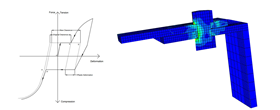
Offered in Fall 2017, 2018, 2019, 2020.
- Linear mechanics: theory of elasticity and continuum mechanics.
- Linear mechanics: the problem of De Saint Venant.
- Non-linear mechanics: introduction to theory of plasticity.
- Non-linear mechanics: structural instability.
- Non-linear mechanics: collapse analysis.
- Stress concentration.
- Introduction to fatigue and fracture mechanics.
Disaster Resilience of Infrastructure and Communities

Newly developed course. Offered in Summer 2017 as part of a teaching exchange with BOKU, Vienna, Austria.
- Qualitative and Quantitative Resilience Assessment.
- Regional analyses: characteristics and challenges.
- Introduction to Catastrophe Modeling.
- Development of structural fragility curves.
- Post-disaster infrastrucure functionality recovery models.
- Regional probabilistic hazard analysis.
- Fundamentals of hazard quantization.
Random Vibrations - CEE 358/458
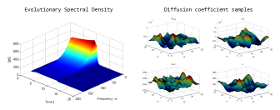
Newly developed course. Offered in Spring 2014 (as CEE 497), 2015 (as CEE 497), 2016, 2017, 2019, 2021.
- Brief review of probability theory, with focus on the aspects used throughout the course.
- Theory of random functions: definition and description of random processes; autocorrelation function and spectral density; ergodic theorem; differentiation and integration of random processes.
- Important models of random processes, with focus on the description of natural loads in structural engineering (seismic ground motion, wind fluctuations, ocean waves).
- Brief review of basic concepts of structural dynamics.
- Random Vibrations: input-output relation for linear structural systems with one or multiple degrees of freedom under random dynamic loads; non-linear structural systems subjected to random loads; applications to wind engineering and seismic engineering.
- Numerical solution of the generalized problem involving random excitations and/or system uncertainty by simulation: techniques for the numerical generation of random functions for problems in civil engineering (e.g. non-stationary processes for seismic engineering, non-Gaussian and multi-variate processes for wind engineering, multi-dimensional random fields for inhomogeneous materials).
- Special topics (e.g., crossing rates and peak distribution of a random process to evaluate risk and extreme events; random fields for regional loss analysis; functional quantization).
- Applications to structural engineering in class, homework, and project.
Strength of Materials - CEE 59
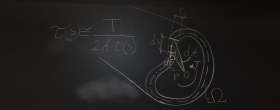
Newly developed format. Offered in Spring 2013, 2014, 2015, 2016, 2017, 2018, 2019, 2020, 2021.
- Review of stress and strain, uniaxial stress-strain diagram.
- The problem of De Saint-Venant (prismatic body): overview and formulation.
- Axial load: stress, strain and elongation; sectional deformation and design; Euler’s buckling.
- Bending: stress, strain and curvature; composite beams and transformed section; unsymmetric bending and eccentric axial loading; review of shear and bending diagrams; plastic deformation of beams.
- Shear (and bending): shear stress and Jourawsky’s equation; shear stress in thin-walled members; shear center.
- Torsion: deformation and stresses; angle of twist; noncircular members and Bredt’s law for thin-walled hollow members.
- Load combination.
- Stress under rotation of axes, principal planes and stresses.
- Mohr’s circles for plane stress and for general state of stress.
- Failure criteria: Rankine, Tresca, Von Mises, Coulomb.
- Applications to structural engineering.
Advanced Finite Element Methods - CEE 466
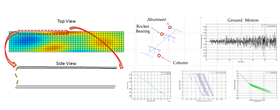
Newly developed course. Offered in Fall 2012 (as CEE 496), 2013 (as CEE 496), 2014, 2015, 2016, 2017, 2019.
- Review of linear elastic Finite Element (FE) method and weak formulation of equilibrium.
- Implementation of a liner elastic FE code.
- Special topics including shear locking, reduced integration, dummy stiffnesses, non-homogeneous essential conditions, imposed deformation, thermal loads, differential settlements, manufacturing defects.
- Dynamic FE analysis: theory and implementation of modal and time-history analysis. [covered in selected years]
- Comparison of numerical techniques for modeling structural masses. [covered in selected years]
- Stochastic FE analysis: overview and implementation of some of the most popular stochastic FE methods for the analysis of uncertain structures. [covered in selected years]
- Application of probabilistic structural analysis to the development of fragility curves. [covered in selected years]
- Non-linear FE analysis: modeling of the non-linear behavior of concrete beams. [covered in selected years]
- Structural optimization and topology optimization. [covered in selected years]
- Examples in class using scientific and commercial FE software are provided throughout the course to highlight practical modeling issues in Civil Engineering.
- Lab-sessions are offered where students use commercial software packages to perform the analyses studied in class.
- Individual student projects are also an integral part of the course.
Strength of Materials - Mech 12
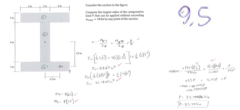
Offered in Spring 2012.
- Transverse shear in beams.
- Mohr’s circle for stress.
- Plastic yield criteria.
- Deflection of beams.
- Introduction to numerical analysis of simple structures.
- Fatigue and fracture.
- Column buckling.
- Stresses in thick-walled cylinders.
Other courses
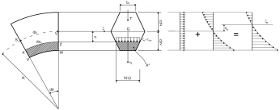
Before joining the Faculty at Lehigh, Dr. Bocchini has taught with various roles (e.g., Lecturer, Co-Lecturer, TA) at the College of Engineering and the College of Architecture of the University of Bologna. In such capacity, he has lectured on several topics related to the field of Civil Engineering, including the following.
- Solid mechanics.
- Structural mechanics.
- Structural analysis.
- Theory of structures.
- Structural dynamics.
- Computational mechanics.
- Reliability and risk.
